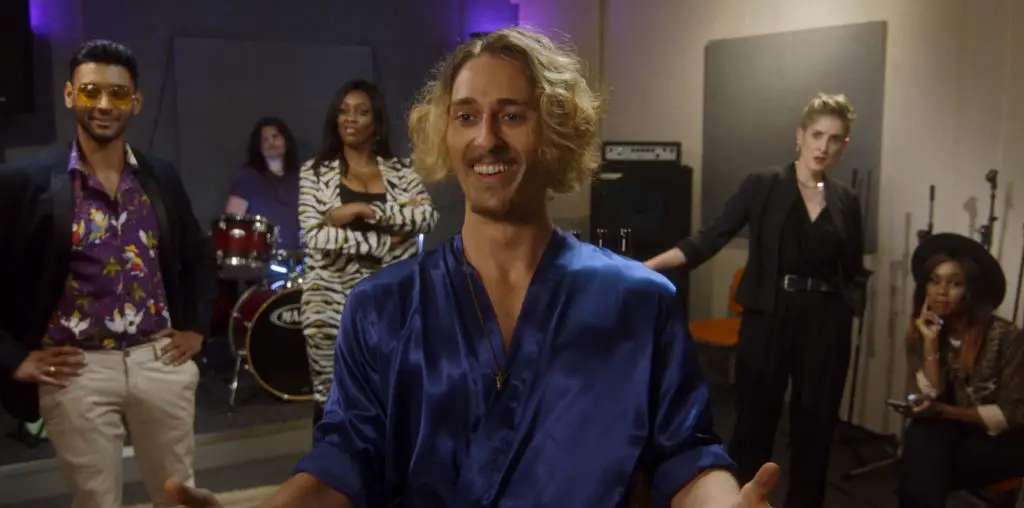
In 2002, St. Martin’s Press published a novel by Emma McLaughlin and Nicola Kraus about an NYU student’s (mis)adventures while baby-sitting the four year-old son of a wealthy Manhattan couple. Random House Audio also released in 2004 an abridged audio book version which was superbly narrated by Julia Roberts. In 2007, the Weinstein Company and FilmColony bring to audiences the film version.
Directed and adapted to the screen by Shari Springer Berman and Robert Pulcini (of “American Splendor” fame), “The Nanny Diaries” recounts the experiences of Annie Braddock (Scarlett Johansson), a college graduate with an anthropology degree, who serendipitously takes a job as the nanny of Mr. and Mrs. X’s (Paul Giamatti and Laura Linney) five year-old son Grayer (Nicholas Reese Art). While the film carries over the novel’s premise, it alters aspects of plot and characterization to such an extent that perhaps it is more apt to refer to the movie as a “loose adaptation.”
Film Nanny isn’t a child development major nor has she cultivated baby-sitting skills (her novel counterpart has been watching rich women’s children since she was thirteen). Film Nanny’s mother (Donna Murphy) and father are no longer together (her novel counterpart benefits tremendously from her parents—both still married). Simply changing these two details means a world of difference. Not only are the filmmakers freer to re-interpret the tensions between Annie and her employer and other characters as well, including a best friend (Alicia Keys) and a love interest (Chris Evans), but the directors can also implement new ways of illustrating the nanny’s inner thoughts (she provides voice-over narration throughout the entire film). For instance, the filmmakers utilize an “Amelie”-meets-“Ally McBeal” type of special effect in the beginning and end of the film as an elliptical narrative device.
Other elements of visual design consist of cultural references, which include Manhattan’s Upper East Side, American Museum of Natural History, Bergdorf Goodman, The Devil Wears Prada, and Grover from the kids’ television show Sesame Street. And of course, the narratively significant Mary Poppins character from the 1964 Robert Stevenson musical and Smucker’s peanut butter and jelly (oh yes, striped and in the same jar).
I was curious to see the movie because I thought Laura Linney was very well cast as Mrs. X and really enjoyed Julia Roberts’s vocal performance in the audio book. Moreover, since I’m not a literary “purist” or whatever the proper term is for people who get upset just because a film adaptation adds, subtracts or inflates storylines, I thought I could watch Berman and Pulcini’s film without becoming too upset. Indeed, I didn’t leave the theatre angry—I didn’t leave feeling much at all. Admittedly, there were specific scenes that I felt were wonderfully performed and photographed (the July 4th costume party, Mrs. X asking the nanny to help pick out a necklace, and Annie’s nanny cam rant), but I felt no overwhelming emotions. Though, I doubt any filmmaker would prefer indifference over extreme disappointment.
